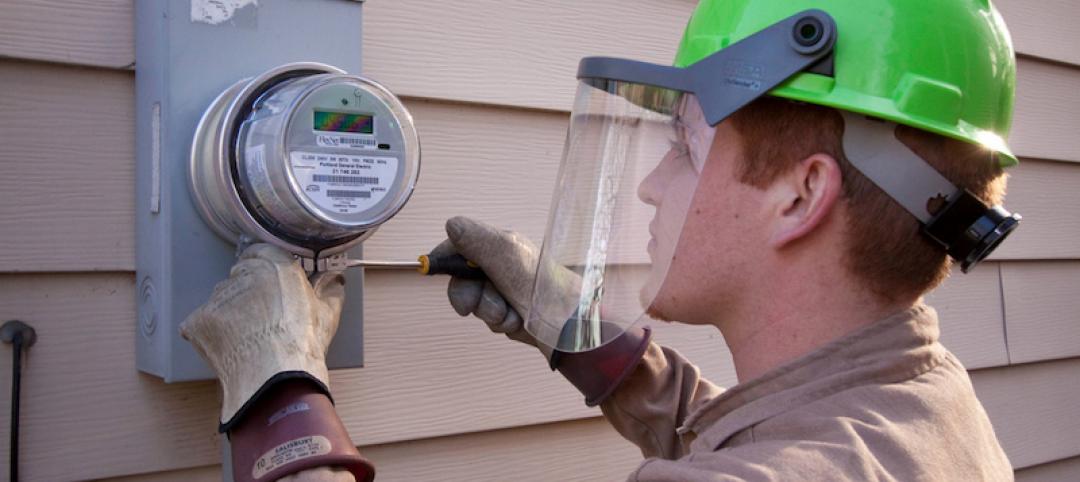With little choice but to adopt virtual care options due to pandemic restrictions and interactions, telehealth adoption soared as patients sought convenience and more efficient care options. Virtual visits peaked at 52 percent of visits in the second quarter of 2020 and since then have stabilized to around 11 percent, according to May 2021 data from Chartis Group, up from a pre-pandemic utilization of less than 1 percent in early 2020. But telehealth is not replacing the physical office by any means. JLL Healthcare’s new patient consumer survey results reveal that 62 percent of care visits were exclusively in person with no virtual care component. Of the respondents who noted having virtual care components, about 31 percent resulted in a physical office visit, suggesting telehealth’s position as an augmentation to the physical office, rather than a replacement.
“Physical facilities are still at the center of the healthcare ecosystem,” said Jay Johnson, U.S. Practice Leader, JLL Healthcare. “Virtual care via telehealth is replacing some in-person visits, but nearly three quarters of the care still involved a physical location according to our survey results. Telehealth is actually leading to subsequent in-person care interactions that might not have occurred otherwise. Steady occupancy of 91 to 92 percent in the national medical office market over the past three years, coupled with slightly increasing rental rates, seem to bear out the durability of physical sites of care.”
Overall, convenience wins, with 83 percent of patients traveling less than 30 minutes to access care and 40 percent travelling less than 15 minutes. Unsurprisingly, primary care and urgent care visits were most likely to have had shorter travel times. Visits to surgery centers required the longest amounts of travel, with 31 percent traveling 30 minutes or more. Patients continue to prioritize locational convenience over facility quality, which has remained true since 2020.

According to the 2022 survey, virtual components of care were more common in the Northeast and West (41 percent and 43 percent respectively), in comparison to the Midwest and South (32 percent and percent respectively). Specifically, 75 percent of behavioral health/psychiatry clinic respondents had a virtual component to care.
Seventy-six percent of all respondents who have had a telehealth visit since July 1, 2021 would prefer telehealth visits in the future. However, preferences in care differ based on patient community, with urbanites more likely than others to request a telehealth appointment for an initial consultation, suggesting that even in a dense urban community with more options for care available, convenience still prevails. Only 36 percent of urbanites traveled less than 15 minutes to a healthcare facility, compared to 45 percent of suburbanites, which also alludes to why telehealth is more likely to be embraced in urban settings.
“Telehealth’s convenience will make it here to stay as a facet of the healthcare industry, and in turn, its accessibility will result in more in-person care,” said Richard Taylor, President, JLL Healthcare. “Because of this, systems need to embrace telehealth and invest in strengthening the performance and capabilities of their technology platforms.”
The JLL Healthcare Patient Survey was conducted via Engine Insights with a nationally representative group of U.S. residents from January 3, 2022 to January 12, 2022. The number of respondents totaled 4,060, in which 52 percent were female and 48 percent were male.
JLL Healthcare provides a full range of real estate and facilities solutions for hospitals, physicians and other care providers as well as real estate investors that own and operate medical and seniors housing properties. JLL Healthcare helps clients plan, find, finance, buy, lease, sell, construct, optimize, manage and maintain the most-advantageous facilities anywhere in the US for all property types along the continuum of care, serving over 350 million square feet of healthcare property annually. Visit us.jll.com/healthcare to learn more.
Related Stories
Market Data | Oct 11, 2016
Building design revenue topped $28 billion in 2015
Growing profitability at architecture firms has led to reinvestment and expansion
Market Data | Oct 4, 2016
Nonresidential spending slips in August
Public sector spending is declining faster than the private sector.
Industry Research | Oct 3, 2016
Structure Tone survey shows cost is still a major barrier to building green
Climate change, resilience and wellness are also growing concerns.
Industry Research | Sep 28, 2016
Worldwide hotel construction shows modest year-over-year growth
Overall construction for hotel projects is up, but the current number of hotels currently being built has dipped slightly from one year ago.
Industry Research | Sep 27, 2016
Sterling Risk Sentiment Index indicates risk exposure perception remains stable in construction industry
Nearly half (45%) of those polled say election year uncertainty has a negative effect on risk perception in the construction market.
Industry Research | Sep 21, 2016
The global penetration of smart meters is expected to reach approximately 53% by the end of 2025
Large-scale smart meter deployments are underway across Western Europe, while new deployments continue among later adopters in the United States.
Industry Research | Sep 12, 2016
Evidence linking classroom design to improved learning mounts
A study finds the impact can be as much as 25% per year.
Healthcare Facilities | Sep 6, 2016
Chicago Faucets releases white paper: Reducing the risk of HAIs in healthcare facilities
The white paper discusses in detail four options used to mitigate transmission of waterborne bacteria
Market Data | Sep 2, 2016
Nonresidential spending inches lower in July while June data is upwardly revised to eight-year record
Nonresidential construction spending has been suppressed over the last year or so with the primary factor being the lack of momentum in public spending.
Industry Research | Sep 1, 2016
CannonDesign releases infographic to better help universities obtain more R&D funding
CannonDesign releases infographic to better help universities obtain more R&D funding.

















